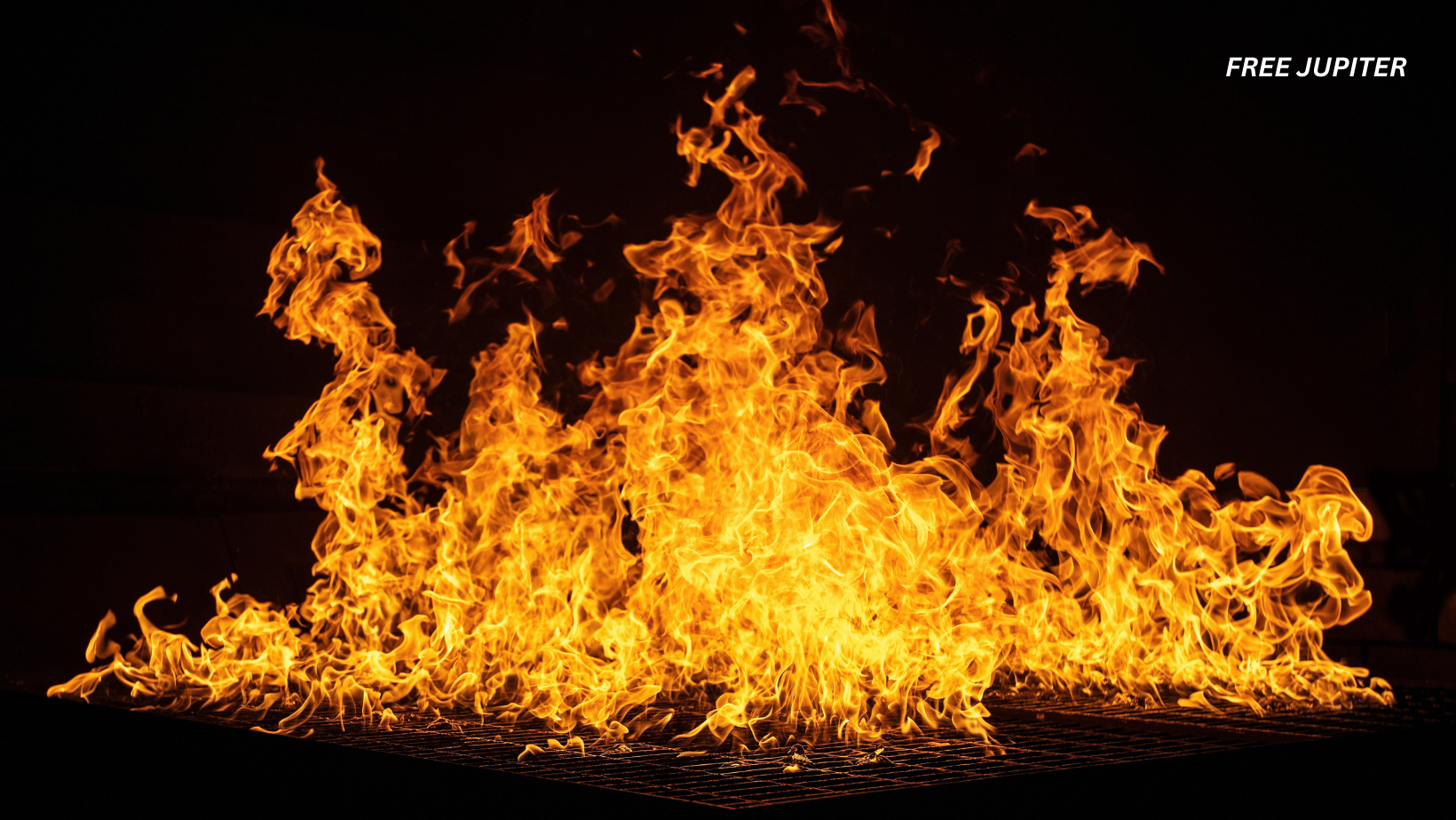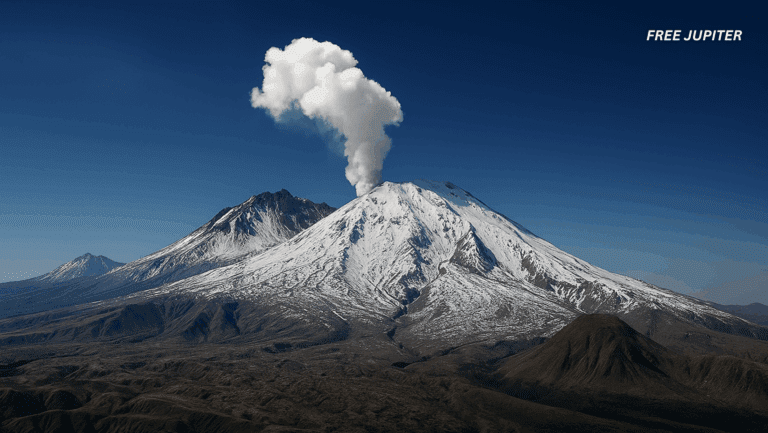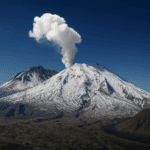Fire feels so ordinary on Earth that we rarely pause to think about how strange it actually is. People use it to cook dinner, warm houses, light birthday candles, or roast marshmallows under the stars. Yet, despite how woven it is into our daily lives, fire is not something the universe seems to casually scatter around. In fact, fire as we know it might be one of Earth’s most exclusive features — a phenomenon that, so far, has not been spotted anywhere else.
If this sounds surprising, it should. We live in a cosmos full of blazing stars, volcanic worlds, and exploding supernovae. Surely fire should be everywhere, right? But the flames flickering in your fireplace are not the same as the nuclear inferno of a star or the lava spouting from a volcano. Our familiar fire is something much more delicate: a precise chemical reaction that depends on a rare balance of ingredients. And right now, Earth seems to be the only place in the universe that has pulled it off.
What Exactly Is Fire?
Before we can understand why fire is so unusual, let’s strip it down to the basics. Fire is combustion — a chemical reaction that occurs when a fuel combines with oxygen in the presence of heat. Scientists call this relationship the fire triangle, because all three elements are required:
- Fuel – something that can burn, usually a carbon-based material.
- Oxygen – the reactive gas that keeps the process alive.
- Heat – the spark, friction, or energy input that gets things going.
Miss just one piece of the triangle, and the flame never starts.
On Earth, this setup is almost ridiculously accessible. Fuels are all around us: wood, grasses, coal, oil, natural gas, candle wax — all products rich in carbon. Heat comes from lightning, volcanoes, or even the humble strike of flint against steel. But the real secret, the rarest part of the recipe, is oxygen.
Read more: Scientists Say An Ancient Impact With Another Planet Could Have Sparked Life on Earth
Oxygen: Earth’s Rare Magic Ingredient
Oxygen is the unsung hero of every flame you’ve ever seen. It makes up about 21% of Earth’s atmosphere, which turns out to be just enough to keep fire burning while not so much that the world bursts into uncontrollable blazes.
This balance is extremely unusual. Venus and Mars, for example, have atmospheres dominated by carbon dioxide. Oxygen exists there, but it’s chemically tied up in molecules, unavailable for combustion. Mercury technically has oxygen in its thin exosphere, but solar winds strip it away so quickly that it can’t accumulate to meaningful levels. Even Saturn’s moon Titan, with its vast lakes of methane (a highly flammable substance), is a fire-free zone because its air contains little to no oxygen.
Think about that for a moment: the same gas that lets you breathe is also the gatekeeper of every flame. If Earth’s oxygen percentage were significantly lower, fires would sputter out instantly. If it were much higher, the planet might become dangerously unstable, prone to spontaneous infernos. We live in a narrow sweet spot where both life and fire can coexist.
Fire Arrives Late in Earth’s Story
Even here on Earth, fire hasn’t always been part of the landscape. For much of the planet’s early history, the atmosphere was oxygen-poor, dominated by gases like methane and nitrogen. No matter how many lightning strikes or volcanic eruptions occurred, flames simply couldn’t survive.
That changed around 2.4 billion years ago with the Great Oxidation Event. Tiny organisms called cyanobacteria began releasing oxygen into the air through photosynthesis. Over millions of years, the planet’s atmosphere slowly transformed. Yet even then, oxygen levels weren’t quite high enough to sustain regular fire.
The real turning point came about 470 million years ago during the rise of land plants. Plants not only pumped more oxygen into the air but also provided new, dry fuels in the form of leaves, wood, and stems. The earliest fossil evidence of charcoal — essentially ancient fire residue — dates back about 420 million years. By 383 million years ago, widespread wildfires were blazing across forests, marking the permanent arrival of fire in Earth’s story.
From that point on, fire became both a creative and destructive force. It shaped ecosystems, cleared old growth to make room for new plants, and influenced the evolution of animals that learned to live with, or even take advantage of, periodic burning.
Read more: Doomed ‘Cannibal’ Star Could Erupt in a Supernova That’s Visible From Earth During the Day
The Strange Relationship Between Fire and Life
What makes fire even more fascinating is how tightly it is bound to life. Fuels like wood, grasses, oil, and coal all exist because of biological processes. Oxygen itself is the byproduct of living organisms. In other words, the raw ingredients for fire are inseparable from life’s presence on Earth.
This connection has caught the attention of astrobiologists — scientists who study the possibility of life elsewhere in the universe. If telescopes one day spotted a planet with evidence of combustion, it wouldn’t just mean fire was present; it would almost certainly mean life was thriving there too. In this sense, fire could serve as one of the universe’s clearest biosignatures, a cosmic signal shouting, “Life is here!”
Fire in Space: A Very Weird Experiment
Humans have tried to recreate fire outside Earth, and the results are bizarre. NASA has run experiments aboard the International Space Station to study how flames behave in microgravity. Without gravity pulling hot air upward, flames don’t form the tall, teardrop shapes we know. Instead, they become small, glowing spheres.
They’re also cooler and dimmer, often blue instead of yellow. That’s because, without rising air currents, carbon particles don’t drift into the flame to glow, so the flame loses its familiar golden shimmer. On top of that, flames in space often fizzle out faster because carbon dioxide — the “exhaust” of combustion — lingers around the flame, smothering it before oxygen can diffuse in.
In other words, even when we take fire into space, it refuses to behave normally. It’s a quirky reminder that Earth’s atmosphere doesn’t just allow fire — it sculpts its very shape, color, and lifespan.
Read more: The Moon Is Slowly Drifting Further Away From Earth Each Year — A Physicist Explains Why
Final Thought
So next time you light a match, pause for a moment. That tiny flame dancing at your fingertips isn’t just a tool or a comfort. It’s a signature of Earth’s rare chemistry, a byproduct of life, and possibly one of the scarcest natural wonders in the universe. In a cosmos full of stars, black holes, and galaxies, the humblest candle might be one of the rarest sights of all.
Featured image: Freepik.
Friendly Note: FreeJupiter.com shares general information for curious minds. Please fact-check all claims and double-check health info with a qualified professional. 🌱










